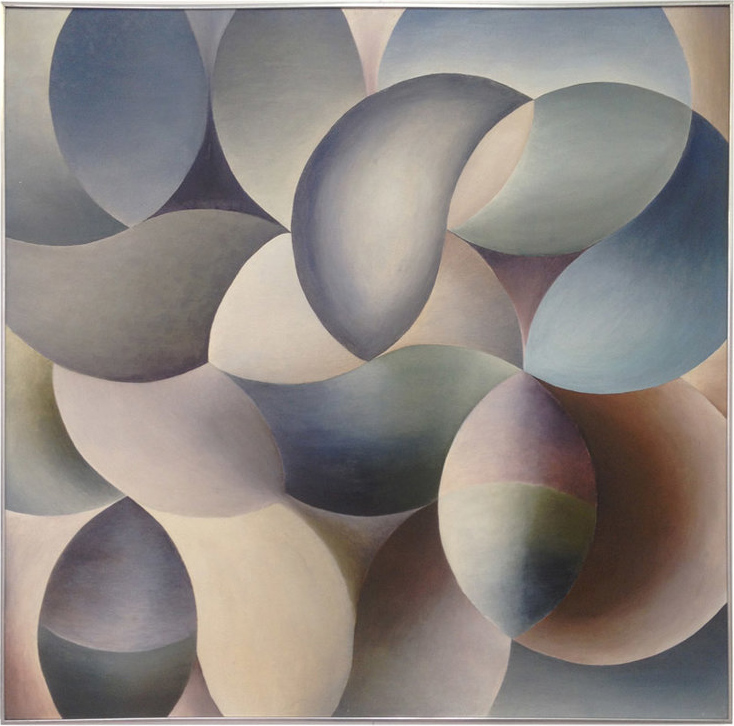It’s light, it’s architecture — these are the things that interest me now
in conversation

Siri Berg made her way into New York’s art world much the same way she made her way to New York: solo. Born in Stockholm and educated in Brussels, she left for New York when she was just 19. That was in 1940, when Europe was a darker place and travel wasn’t, by any stretch, easy. It took 28 days to make the trip by freighter. Just cargo, crew and eight passengers, sailing the North Atlantic for nearly a month in wartime. No cabins, just deck and hull. “We played a lot of bridge.” That’s about all Siri has to say about the trip.

Before New York, there was Baltimore; and before art there was Fashion (“awfully competitive”) and store window design. “Franklin Simon, near Lord & Taylor, and some private clients. I did quite well. But I always knew what I wanted. What I wanted to do was art,” Siri says. She began painting in earnest in the early 1970’s, working first out of her bedroom in Riverdale (Bronx), then in the kids’ rooms as each left home for college. In the ’80s, she moved her studio and home to SoHo, where — at 95 — she still works daily, making drawings and paintings that are, at first glance, deceptively simple, but in the real show a concern for surface, light and color that extends the conversation begun by Minimalism. And, breaking with Minimalist doctrine, Siri insists that the artist needs to be “there” in the work. She mixes and tubes her own paint, and lays down colors “that don’t exist out there,” in nature.
“It takes forever — and no matter how long I’ve been at it, it’s never easy,” she says. But it all pays off. Her paintings offer the patient viewer a sense of vibrancy and lift. And, because she works with a reduced palette — just nine colors; a rule that guides her practice — and because the values of her multi-panel works are so close, a sense of space is evoked, a sense of shadow and depth. Combine this concern for illusionistic space with Siri’s interest in making actual shadow part of the work (each of her more recent canvases sit on 3″ supports; the resulting distance from the wall creates a very definite shadow that makes each panel pop) and the trajectory is clear: “I’m not saying I’m going to start making sculpture,” Siri says, “but I’m very interested in how sculptural the thing is, and how things that are sculptural affect the environment in which they are seen. It’s light, it’s architecture — these are the things that interest me now.”

